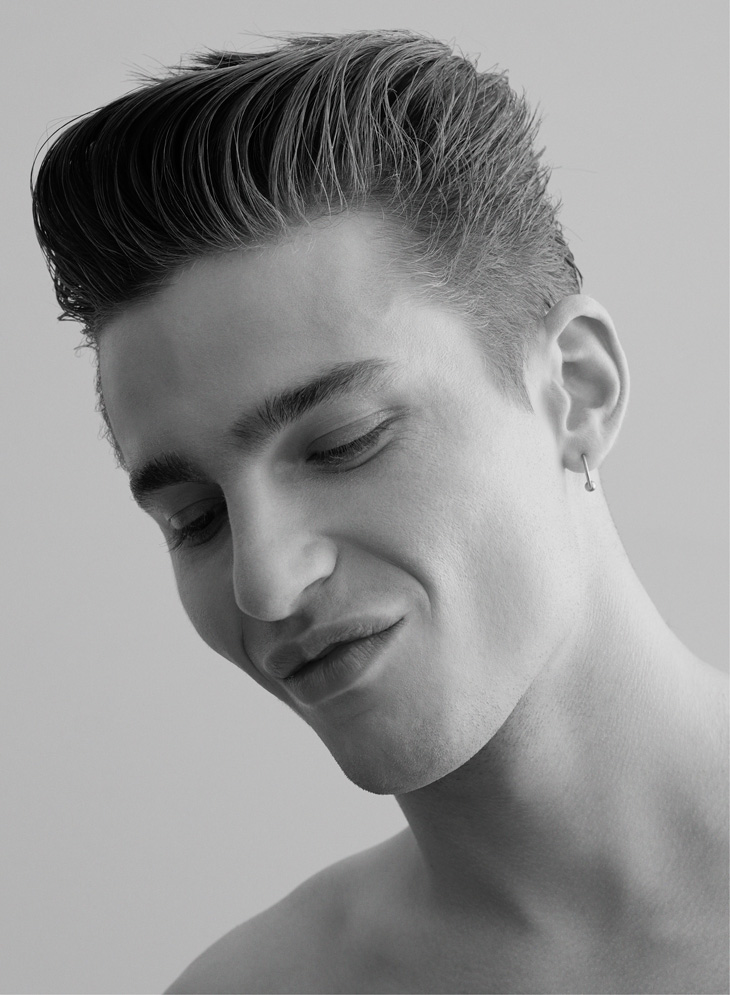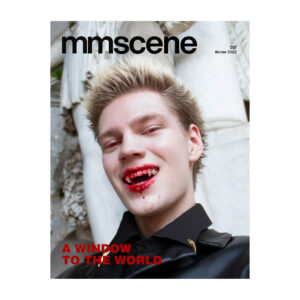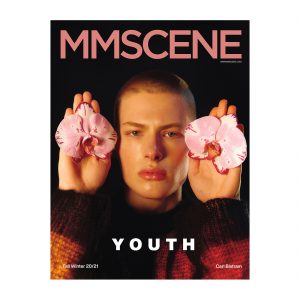
Hair loss is a common concern for many men that can impact their self-confidence and overall appearance. If you’re worried about going bald or curious about the age when hair loss may start, this article will provide you with the in-depth knowledge you need.
This article will explore the factors that contribute to hair loss, the age at which it can begin, and ways to prevent or treat it. So, let’s dive into the world of men’s grooming to better understand this issue.
The Science Behind Hair Loss
Hair loss can be a result of various factors, including genetics, hormonal imbalances, and lifestyle choices. Here are some key points to remember:
- Genetics: Some men are predisposed to hair loss due to their genetic makeup. If your father or grandfather experienced baldness, you might also be more likely to experience it.
- Hormonal changes: DHT is a hormone that causes hair follicles to shrink, which leads to hair loss. As men age, their testosterone levels may decrease, increasing DHT production.
- Lifestyle choices: Poor diet, stress, and lack of exercise can also contribute to hair loss.

When Does Hair Loss Typically Begin?
While there’s no one-size-fits-all answer, most men begin to notice hair loss in their 20s or 30s. Here are some general age ranges to keep in mind:
- Early 20s: Some men may start to experience thinning hair or a receding hairline at this age. This is often due to genetics or hormonal changes.
- Late 20s to early 30s: This is the most common age range for men to notice hair loss. At this stage, it may become more noticeable and harder to hide.
- 40s and beyond: By the time men reach their 40s, hair loss may become more pronounced, with some experiencing bald patches or complete baldness.
Remember, these are only general guidelines, and every individual’s experience with hair loss will vary.

Prevention and Treatment Options
If you’re concerned about hair loss, several preventative measures and treatment options are available. Some of these include:
- Hair loss prevention programs: Enroll in a comprehensive program that focuses on nutrition, exercise, and stress management to help reduce the risk of hair loss.
- Medications: Over-the-counter and prescription medications, like minoxidil and finasteride, can help slow down or stop hair loss.
- Hair transplantation: This surgical procedure entails removing hair follicles from one area of the body and transplanting them to areas of the body where hair loss is present.
- Laser therapy: Hair growth can be stimulated by low-level laser therapy by increasing blood flow to the scalp.
- Visit A Professional: Visit a hair clinic, such as hshairclinic.co.uk, for personalized advice and treatment options.

Embracing a New Look
If you’re experiencing hair loss, it’s essential to remember that it doesn’t define your worth or attractiveness. Many men have embraced their new look and still lead successful careers in the fashion, modeling, and lifestyle industries. Here are some ways to own your style:
- Experiment with different hairstyles: Shorter haircuts can make thinning hair less noticeable. Using head shavers or opting for a head shaver can help achieve a cleanly shaved look, making it a bold fashion statement.
- Accessorize: Hats, beanies, and scarves can add flair to your outfit while also disguising hair loss.
- Focus on grooming: Invest in skin care, facial hair grooming, and fashion-forward clothing to enhance your overall appearance.
Conclusion
Many men are concerned about hair loss, but it does not have to define your self-worth or attractiveness. By understanding the factors that contribute to hair loss and being aware of the age ranges when it typically begins, you can take proactive steps to prevent or manage it.
Make sure to explore the various treatment options available, and don’t hesitate to consult a professional for personalized advice. So, stay positive and focus on the aspects of your appearance and personality that make you stand out.
Images by Christoph Musiol for MMSCENE









